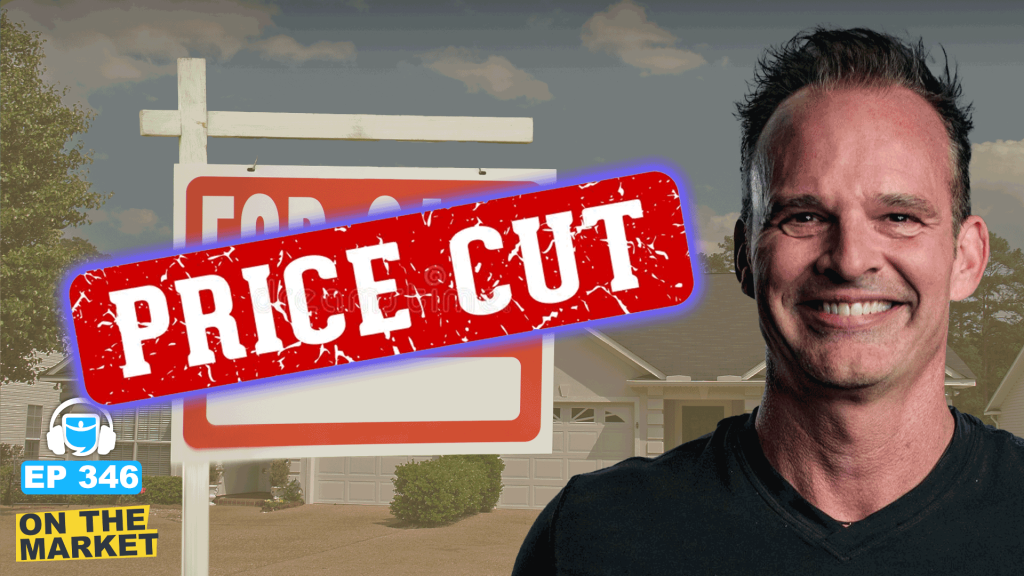Sellers Scramble as Price Reductions Reach Record Highs
In an unexpected turn of events, the real estate market is witnessing a dramatic increase in price reductions, prompting concerns and strategic re-evaluations among sellers nationwide. As the housing market continues to navigate an era of instability, sellers are finding themselves in a frenzy, compelled to adjust their pricing strategies to attract hesitant buyers.
Market Overview
The housing market has seen unprecedented fluctuations over the past few years, marked by soaring prices during the pandemic, driven largely by low interest rates and a surge in demand as remote work became the norm. However, as the market cools, the exuberance of the pandemic-era boom appears to be fading.
In the last quarter alone, record numbers of home sellers have reduced their asking prices. According to recent data, nearly 30% of all listed homes have experienced a price reduction, the highest rate since these metrics started being compiled. This situation underscores the shifting dynamics in the real estate market, as supply begins to outstrip demand.
Factors Contributing to Price Reductions
Several factors are contributing to this surge in price reductions:
Interest Rate Hikes: A series of interest rate hikes by the Federal Reserve aimed at curbing inflation has significantly impacted mortgage rates. As borrowing becomes more expensive, prospective homebuyers are either postponing purchases or lowering their budget, directly affecting demand.
Increased Inventory: The real estate market has seen a rise in housing inventory, partly due to new constructions catching up with pent-up demand and partly because existing homeowners, fearing the peak has passed, are eager to capitalize on their investments. This increase in supply gives buyers more options, diminishing the urgency observed in previous months.
Economic Uncertainty: With inflation still a concern and whispers of a potential recession, consumer confidence has waned. Many potential buyers are hesitant to commit to large purchases amidst economic uncertainty.
Shift in Buyer Preferences: The pandemic has altered what homebuyers are looking for in a property. There’s a greater emphasis on remote work capabilities and proximity to essential services rather than city-center properties. This shift has left some traditional “hot spots” with unexpected surpluses.
Sellers’ Strategies
In response to these challenges, sellers are employing several strategies to stay competitive:
Competitive Pricing: More sellers are undertaking comprehensive market analyses to set realistic prices. Many are opting to price their homes more competitively from the outset rather than risk multiple reductions, which can deter wary buyers.
Enhanced Marketing: Sellers are investing in professional staging and high-quality photography to make their listings stand out. Digital advertising, virtual tours, and social media campaigns are vital tools being utilized to reach a broader audience.
Incentives and Upgrades: Some sellers are offering incentives such as paying closing costs or including home upgrades to sweeten the deal. Others are investing in cost-effective home improvements to increase appeal without substantial additional costs.
Buyer’s Market?
The current situation is gradually shifting towards a buyer’s market, where the scales, although slowly, seem to be tipping in favor of the buyers. They have more negotiating power than they have had in recent years, allowing for more favorable purchase conditions.
Conclusion
While the current landscape poses challenges for sellers, it also presents an opportunity for the market to stabilize after years of volatility. This new phase in real estate calls for adaptability and strategic thinking, urging sellers to rethink how they approach the market. For now, all eyes remain on economic indicators and policy changes, which will undoubtedly shape the future of real estate in the coming months.

